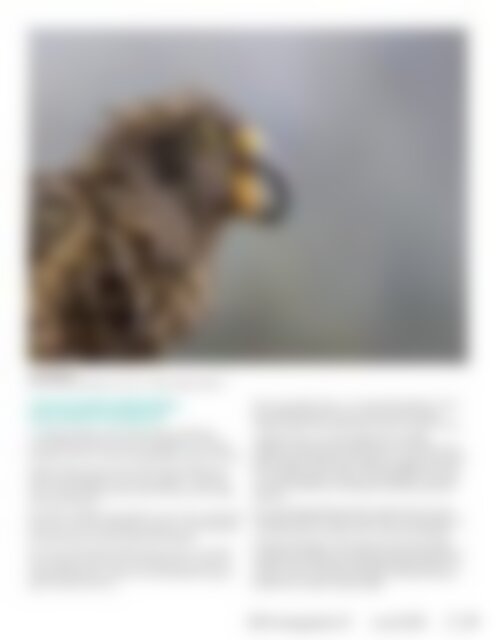NZPhotographer Issue 56, June 2022
As of December 2022, NZPhotographer magazine is only available when you purchase an annual or monthly subscription via the NZP website. Find out more: www.nzphotographer.nz
As of December 2022, NZPhotographer magazine is only available when you purchase an annual or monthly subscription via the NZP website. Find out more: www.nzphotographer.nz
You also want an ePaper? Increase the reach of your titles
YUMPU automatically turns print PDFs into web optimized ePapers that Google loves.
Juvenile Kea<br />
Canon R5, RF100-500 lens @ F6.3, 1/500s, ISO640, 200mm<br />
CAN YOU SHARE SOME WILDLIFE<br />
PHOTOGRAPHY TIPS WITH US?<br />
I’m always happy to share techniques. Although<br />
I’ve learned a lot from my own experience, I’ve also<br />
learned a lot from other photographers openly sharing.<br />
Learn as much as you can about all the species you<br />
hope to photograph. Know your subject - when are<br />
they active? What do they eat? Where are they likely<br />
to be, and when?<br />
Be patient. Wildlife photography can involve waiting for<br />
hours on end for something to happen. I have learned<br />
that giving up too early should be avoided.<br />
Set your shutter speed high enough. There is no point<br />
even taking a shot if your shutter speed is so slow the<br />
image will be blurry unless you are purposely trying to<br />
get a motion blur shot.<br />
Have your gear ready - As I mentioned before, I have<br />
my camera set up in the car now as I have often<br />
missed a great shot while trying to get my gear set up.<br />
Consider what’s in the background. If possible<br />
position yourself so the environment isn’t too busy and<br />
distracting. Sometimes moving just a couple of inches is<br />
all you need to do to get a clean background so that<br />
you avoid things like a branch looking like it is coming<br />
out of the animal or a small part of another animal in<br />
the shot.<br />
If you are taking full body shots, make sure you have<br />
the entire animal or bird in the frame; it can be easy to<br />
cut off the tip of a wing or tail, so check framing first.<br />
If there are shadows, move around until yours points<br />
towards the subject, this will help avoid having half the<br />
animal’s face in darkness. Big solid dark lines down an<br />
animal’s face or body from shadow will never look as<br />
beautiful as a clear, well-lit image.<br />
<strong>NZPhotographer</strong><br />
<strong>June</strong> <strong>2022</strong><br />
29

















